Home>Furniture & Design>Interior Design Trends>Who Buys Glass For Recycling
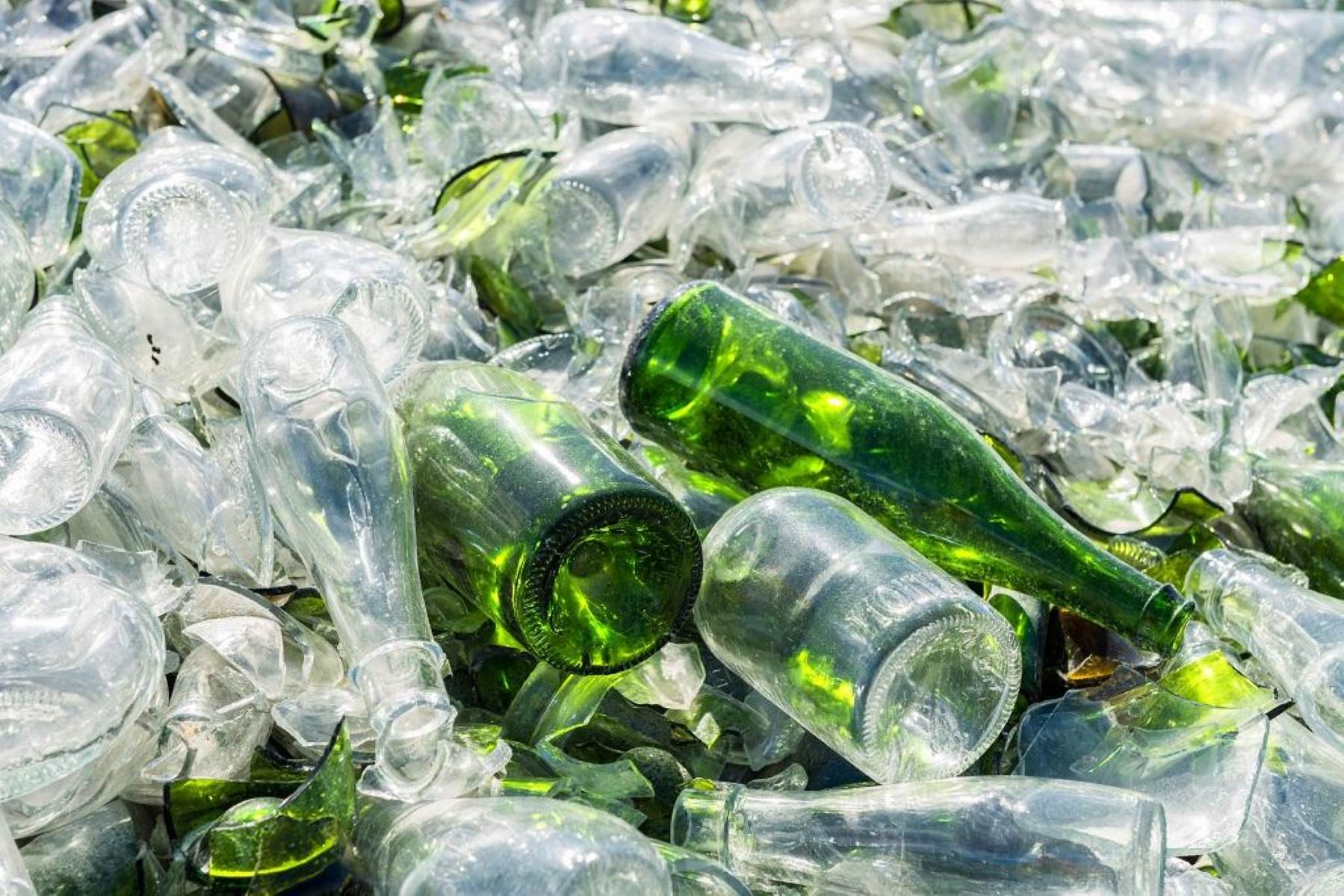

Interior Design Trends
Who Buys Glass For Recycling
Modified: October 19, 2024
Discover the latest interior design trends and find out who buys glass for recycling. Stay ahead of the curve with our expert insights.
(Many of the links in this article redirect to a specific reviewed product. Your purchase of these products through affiliate links helps to generate commission for Storables.com, at no extra cost. Learn more)
Introduction
Glass is a versatile and widely used material that has been an integral part of human civilization for centuries. Its unique properties, such as transparency, durability, and recyclability, have made it a popular choice for a wide range of applications, from packaging and construction to art and design. The process of recycling glass not only helps to conserve natural resources but also reduces energy consumption and minimizes waste sent to landfills.
In this article, we will explore the diverse range of industries and organizations that actively seek out glass for recycling. From glass manufacturers and recycling facilities to construction companies, artists, crafters, and environmental organizations, there is a growing demand for recycled glass across various sectors. Understanding the motivations and methods of these entities in acquiring recycled glass sheds light on the significance of sustainable practices and the circular economy.
As we delve into the world of glass recycling, we will uncover the intricate web of connections that drive the demand for recycled glass. By examining the unique needs and contributions of each stakeholder, we can gain a deeper appreciation for the value of recycling glass and its positive impact on the environment and society. Let's embark on this journey to discover the diverse and dynamic landscape of glass recycling and the key players who actively participate in this sustainable endeavor.
Key Takeaways:
- Glass manufacturers, recycling facilities, construction companies, artists, and environmental organizations all actively seek out recycled glass, showcasing its value as a versatile, eco-friendly material with far-reaching applications.
- The collaboration between these stakeholders drives the demand for recycled glass, contributing to resource conservation, energy efficiency, and the promotion of sustainable practices across various industries and sectors.
Read more: Why Is Glass No Longer Recyclable
Glass Manufacturers
Glass manufacturers play a pivotal role in the demand for recycled glass, as they rely on high-quality cullet (crushed recycled glass) as a key ingredient in the production of new glass products. By incorporating recycled glass into their manufacturing processes, these companies reduce their reliance on raw materials, such as sand, soda ash, and limestone, thereby lowering their environmental impact and energy consumption.
The use of recycled glass in glass manufacturing offers numerous benefits. It requires less energy to melt compared to virgin materials, resulting in reduced greenhouse gas emissions. Additionally, the incorporation of recycled glass helps to preserve natural resources and diminishes the amount of waste sent to landfills. This sustainable approach aligns with the growing consumer preference for eco-friendly products and supports the circular economy model.
Glass manufacturers actively seek out sources of high-quality recycled glass to meet their production needs. They often collaborate with recycling facilities and municipalities to procure clean and sorted cullet. By investing in advanced sorting and processing technologies, these manufacturers can ensure that the recycled glass meets their stringent quality standards, enabling them to create new glass products with optimal clarity and strength.
Furthermore, the demand for recycled glass from manufacturers has spurred innovation in the recycling industry. Advanced sorting techniques, such as optical sorting and artificial intelligence-based systems, have been developed to efficiently separate glass by color and remove contaminants. These technological advancements have enhanced the quality and purity of recycled glass, making it more appealing to glass manufacturers for use in their production processes.
In addition to environmental benefits, the use of recycled glass can also enhance the aesthetic appeal of glass products. The unique characteristics of recycled glass, such as subtle variations in color and texture, can add a distinctive touch to glassware, tiles, and architectural elements, appealing to consumers who appreciate sustainable and artisanal products.
Overall, the collaboration between glass manufacturers and the recycling industry underscores the interconnectedness of sustainable practices across different sectors. By prioritizing the use of recycled glass, manufacturers contribute to resource conservation, energy efficiency, and waste reduction, demonstrating their commitment to environmental stewardship and the advancement of a more sustainable future.
Recycling Facilities
Recycling facilities serve as vital hubs in the glass recycling ecosystem, playing a crucial role in collecting, processing, and supplying recycled glass to various industries and organizations. These facilities are equipped with advanced sorting and processing technologies that enable them to efficiently handle large volumes of glass waste, transforming it into high-quality cullet suitable for reuse in glass manufacturing and other applications.
One of the primary functions of recycling facilities is to collect glass from residential, commercial, and industrial sources. Through curbside collection programs, drop-off centers, and partnerships with businesses, these facilities gather a diverse array of glass containers, including bottles, jars, and packaging materials. Once collected, the glass undergoes a rigorous sorting process to separate it by color and remove any contaminants, such as plastic, metal, or other non-glass materials.
The sorted glass is then processed through crushing and cleaning stages to produce cullet with the desired specifications. Advanced technologies, such as optical sorting systems and air classifiers, are employed to achieve high levels of purity and consistency in the cullet, meeting the stringent requirements of glass manufacturers and other end users.
Recycling facilities also play a crucial role in promoting public awareness and participation in glass recycling. Through educational outreach programs and community engagement initiatives, these facilities aim to encourage individuals and businesses to embrace sustainable waste management practices. By fostering a culture of recycling and environmental responsibility, they contribute to the overall reduction of glass waste and the conservation of natural resources.
Furthermore, recycling facilities often collaborate with local municipalities, waste management companies, and environmental organizations to streamline the collection and processing of glass recyclables. By establishing strategic partnerships, these facilities enhance their operational efficiency and expand their reach, ensuring a steady supply of recycled glass to meet the demands of various industries and sectors.
In recent years, the advancement of recycling technologies has led to significant improvements in the quality and purity of recycled glass. This has expanded the potential applications of recycled glass beyond traditional glass manufacturing, paving the way for innovative uses in construction materials, landscaping aggregates, and decorative arts.
The pivotal role of recycling facilities in the glass recycling supply chain underscores their contribution to sustainable resource management and the circular economy. By efficiently processing glass waste and supplying high-quality cullet, these facilities support the efforts of glass manufacturers, construction companies, artists, and environmental organizations in utilizing recycled glass as a valuable and eco-friendly material.
In summary, recycling facilities serve as essential catalysts in the transformation of glass waste into a valuable resource, driving the momentum towards a more sustainable and circular approach to glass utilization.
Construction Companies
Construction companies are significant consumers of recycled glass, utilizing it in various building and infrastructure projects to enhance sustainability and reduce environmental impact. The demand for recycled glass in the construction sector stems from its versatility and eco-friendly attributes, making it an attractive alternative to traditional construction materials.
One of the primary applications of recycled glass in construction is its incorporation into concrete and asphalt mixtures. Ground glass cullet can replace a portion of the aggregate in these materials, offering benefits such as improved strength, reduced permeability, and enhanced aesthetic appeal. By using recycled glass in construction, companies contribute to the conservation of natural resources and the reduction of waste sent to landfills.
In addition to enhancing the performance of concrete and asphalt, recycled glass finds use as a decorative element in architectural and landscaping features. Glass aggregates derived from recycled glass can be employed in terrazzo flooring, countertops, and exposed aggregate concrete surfaces, adding a distinctive touch to interior and exterior spaces. Furthermore, glass mulch made from recycled glass is utilized in landscaping applications, providing a sustainable alternative to traditional mulching materials.
The sustainable attributes of recycled glass align with the growing emphasis on green building practices and sustainable design. Construction companies are increasingly incorporating recycled glass into their projects to achieve LEED (Leadership in Energy and Environmental Design) certification and meet sustainability goals. By utilizing recycled glass, these companies demonstrate their commitment to environmental stewardship and responsible construction practices.
Moreover, the use of recycled glass in construction contributes to the circular economy by closing the loop on glass waste. Rather than discarding glass containers and products, recycling them into valuable construction materials extends their lifecycle and reduces the need for virgin resources. This approach supports the principles of a circular economy, where materials are reused and repurposed to minimize waste and maximize resource efficiency.
As construction companies continue to embrace sustainable building practices, the demand for recycled glass as a construction material is expected to grow. The collaboration between the recycling industry and the construction sector underscores the potential of recycled glass as a valuable resource in sustainable construction, paving the way for a more environmentally conscious and resource-efficient built environment.
Check with local recycling centers, glass manufacturers, and environmental organizations to find out who buys glass for recycling in your area. They can provide information on where to sell your glass and what types they accept.
Artists and Crafters
Artists and crafters are among the creative visionaries who actively seek out recycled glass as a medium for their artistic expressions and craft projects. The unique properties of recycled glass, such as its translucency, vibrant colors, and tactile allure, make it a compelling material for a wide range of artistic endeavors. From glassblowing and mosaic art to jewelry making and mixed-media crafts, recycled glass serves as a versatile and sustainable resource that inspires creativity and innovation.
Glassblowing, an ancient art form that continues to captivate modern artisans, often incorporates recycled glass as a primary material. Skilled glassblowers harness the molten properties of recycled glass to create exquisite sculptures, vases, and decorative objects, infusing each piece with a sense of history and environmental consciousness. The inherent variability in recycled glass, including subtle imperfections and color variations, adds a distinctive character to the finished works, making them truly one-of-a-kind.
Mosaic artists find endless possibilities in recycled glass, using it to craft intricate patterns and designs in their mosaic compositions. Whether adorning public spaces, architectural features, or personal art pieces, recycled glass tesserae bring a luminous quality to mosaic artworks, reflecting light and adding depth to the visual narrative. The sustainable nature of using recycled glass in mosaics aligns with the ethos of repurposing materials to create enduring and meaningful art.
In the realm of jewelry making, recycled glass beads and pendants offer a sustainable alternative to traditional gemstones and synthetic materials. Artisans and jewelry designers incorporate recycled glass elements into their creations, infusing each piece with a story of environmental stewardship and ethical craftsmanship. The vibrant hues and organic textures of recycled glass beads evoke a sense of eco-chic elegance, appealing to consumers who value sustainable and ethically sourced accessories.
Beyond traditional art forms, crafters and DIY enthusiasts explore the potential of recycled glass in a myriad of creative projects. From upcycled glass bottle crafts to fused glass art and resin casting, the versatility of recycled glass inspires a spectrum of imaginative endeavors. Crafters embrace the sustainable ethos of repurposing glass waste, transforming it into functional and decorative items that embody both artistic expression and environmental mindfulness.
The demand for recycled glass among artists and crafters underscores the intrinsic value of sustainable materials in the creative process. By embracing recycled glass as a medium for artistic exploration, these individuals contribute to the ethos of sustainability, fostering a culture of mindful consumption and creative reuse. The collaboration between the recycling industry and the artistic community highlights the transformative power of recycled glass as a medium for artistic innovation and environmental consciousness.
Read more: What Percentage Of Glass Is Recycled
Environmental Organizations
Environmental organizations are instrumental advocates for sustainable practices and resource conservation, actively promoting the use of recycled glass as a means to reduce environmental impact and support circular economy principles. These organizations champion initiatives aimed at raising awareness about the benefits of glass recycling and fostering partnerships with stakeholders across various industries to advance sustainable waste management practices.
One of the key roles of environmental organizations is to educate the public about the environmental benefits of glass recycling. Through outreach programs, educational campaigns, and community engagement efforts, these organizations strive to instill a sense of environmental responsibility and encourage individuals, businesses, and municipalities to prioritize glass recycling as a fundamental component of sustainable waste management. By highlighting the positive impact of glass recycling on energy conservation, greenhouse gas emissions reduction, and landfill diversion, environmental organizations play a pivotal role in shaping public attitudes and behaviors towards glass waste.
Furthermore, environmental organizations actively collaborate with recycling facilities, municipalities, and policymakers to advocate for the implementation of comprehensive glass recycling programs. By engaging in policy advocacy and supporting the development of infrastructure for glass collection, sorting, and processing, these organizations contribute to the establishment of robust recycling systems that facilitate the efficient recovery and reuse of glass materials. Their efforts help create a supportive ecosystem for glass recycling, ensuring that recycled glass is effectively integrated into the circular economy and utilized as a valuable resource across multiple sectors.
In addition to advocacy and education, environmental organizations often lead by example through their own sustainable practices. Many environmental organizations prioritize the use of recycled glass in their operations, events, and promotional materials, demonstrating a commitment to environmental stewardship and responsible resource management. By incorporating recycled glass products into their initiatives, these organizations showcase the practical applications of recycled glass and inspire others to embrace sustainable alternatives in their daily activities.
Moreover, environmental organizations actively engage in collaborative partnerships with businesses, government agencies, and other stakeholders to promote sustainable procurement practices. By advocating for the inclusion of recycled glass content in manufacturing and construction specifications, these organizations drive market demand for recycled glass products, fostering a more sustainable supply chain and encouraging the adoption of eco-friendly materials in various industries.
Overall, environmental organizations serve as catalysts for change, advocating for the widespread adoption of glass recycling as a fundamental component of sustainable resource management. Through their advocacy, education, and collaborative efforts, these organizations contribute to the advancement of a circular economy where recycled glass plays a vital role in minimizing waste, conserving resources, and mitigating environmental impact.
Conclusion
In conclusion, the demand for recycled glass spans across diverse industries and organizations, reflecting a collective commitment to sustainable practices, resource conservation, and environmental stewardship. From glass manufacturers and recycling facilities to construction companies, artists, crafters, and environmental organizations, the multifaceted utilization of recycled glass underscores its value as a versatile and eco-friendly material with far-reaching applications.
The collaboration between glass manufacturers and the recycling industry exemplifies the symbiotic relationship that drives the demand for recycled glass. Manufacturers actively seek out high-quality cullet to reduce their reliance on raw materials, minimize energy consumption, and create eco-friendly glass products. The advancements in recycling technologies and sorting processes have further enhanced the appeal of recycled glass, paving the way for innovative applications in various sectors.
Recycling facilities play a pivotal role in the transformation of glass waste into a valuable resource, leveraging advanced sorting and processing technologies to supply high-quality cullet to industries and end users. Their efforts in promoting public awareness and engagement in glass recycling contribute to the overall reduction of glass waste and the promotion of sustainable waste management practices.
The construction sector's embrace of recycled glass as a sustainable building material reflects a growing emphasis on green building practices and sustainable design. By incorporating recycled glass into concrete, asphalt, and architectural elements, construction companies contribute to the circular economy and demonstrate their commitment to responsible construction practices.
Artists, crafters, and creative visionaries find inspiration in recycled glass, utilizing its unique properties to craft exquisite works of art and functional creations. The demand for recycled glass among this community underscores the intrinsic value of sustainable materials in fostering creativity, innovation, and environmental mindfulness.
Environmental organizations serve as influential advocates for glass recycling, driving public awareness, policy advocacy, and collaborative partnerships to advance sustainable resource management practices. Their efforts in promoting the environmental benefits of glass recycling and fostering sustainable procurement practices contribute to the widespread adoption of recycled glass across industries and sectors.
In essence, the demand for recycled glass reflects a collective endeavor to embrace sustainable materials, minimize waste, and create a more environmentally conscious and resource-efficient future. The interconnected efforts of glass manufacturers, recycling facilities, construction companies, artists, crafters, and environmental organizations underscore the transformative potential of recycled glass as a valuable resource in the pursuit of sustainability and the circular economy.
Frequently Asked Questions about Who Buys Glass For Recycling
Was this page helpful?
At Storables.com, we guarantee accurate and reliable information. Our content, validated by Expert Board Contributors, is crafted following stringent Editorial Policies. We're committed to providing you with well-researched, expert-backed insights for all your informational needs.
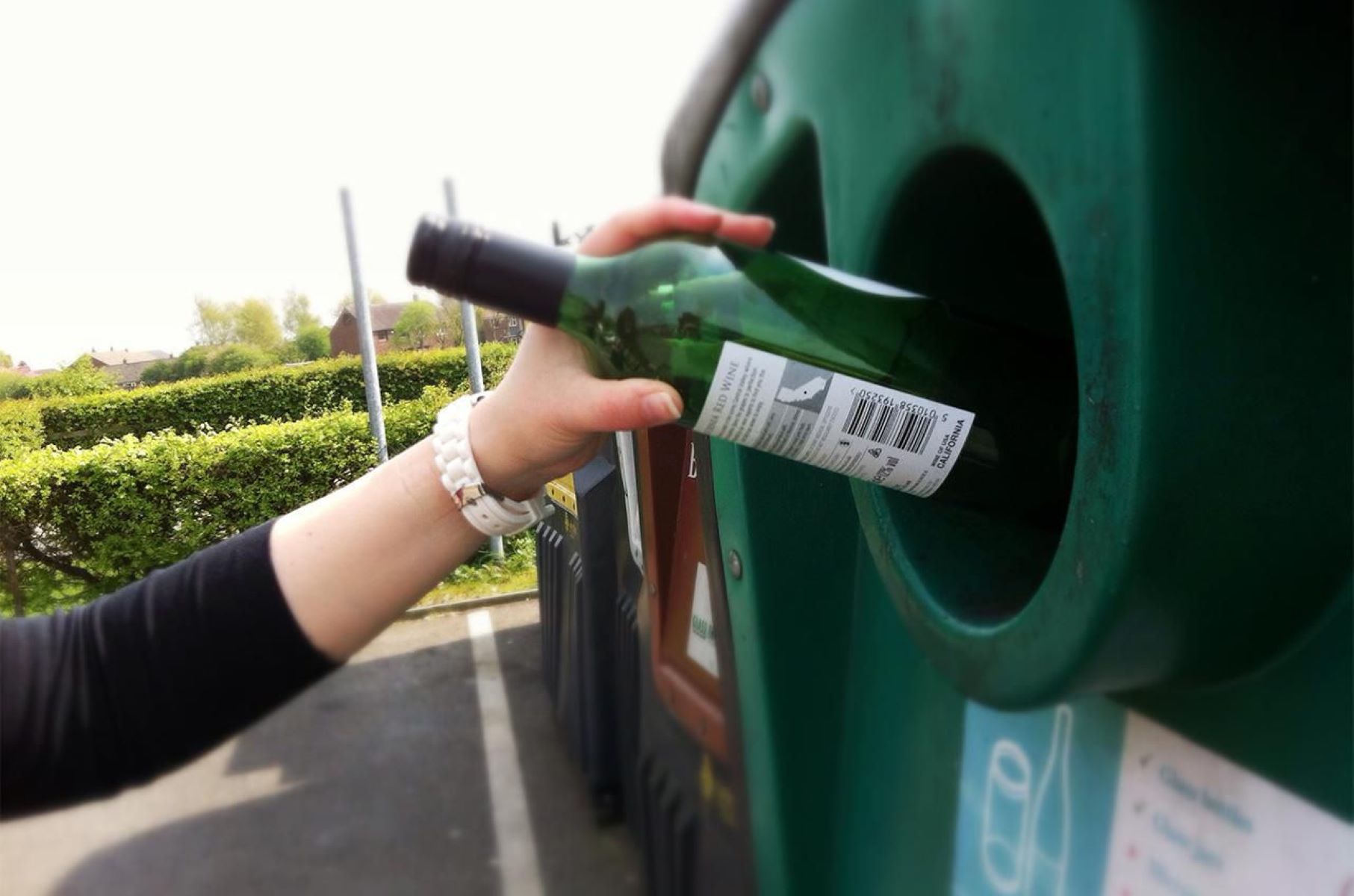
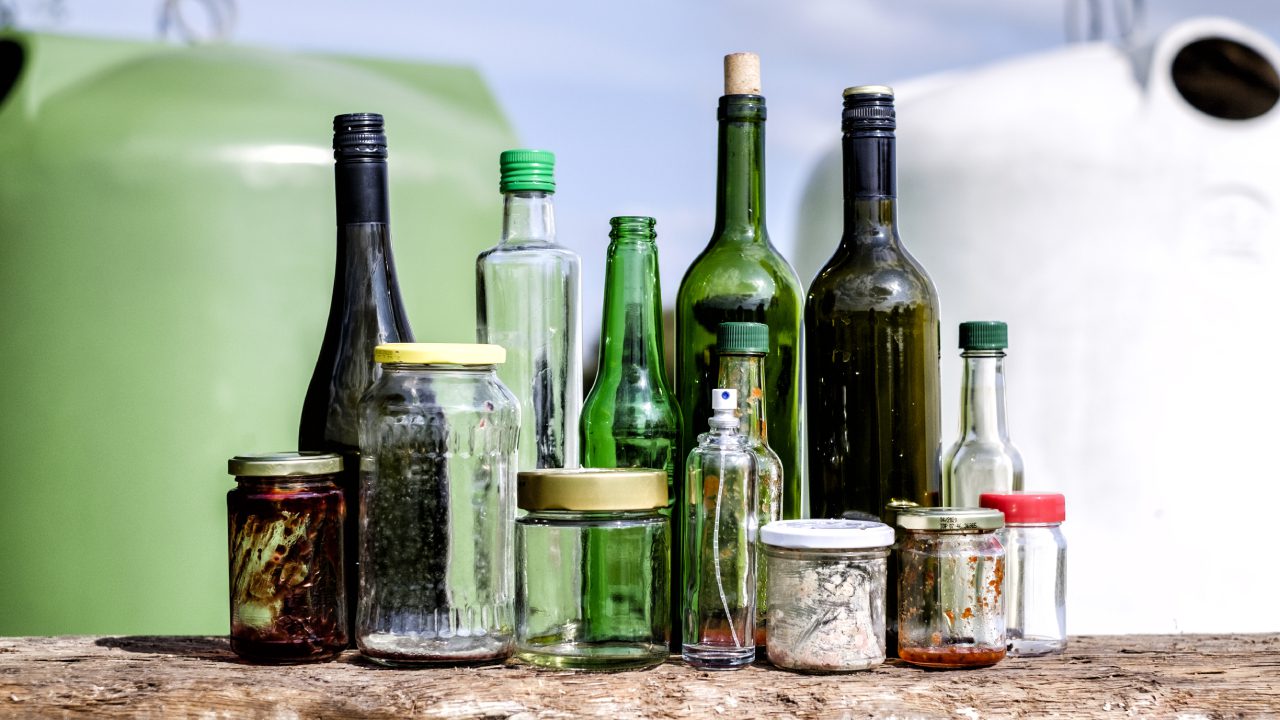
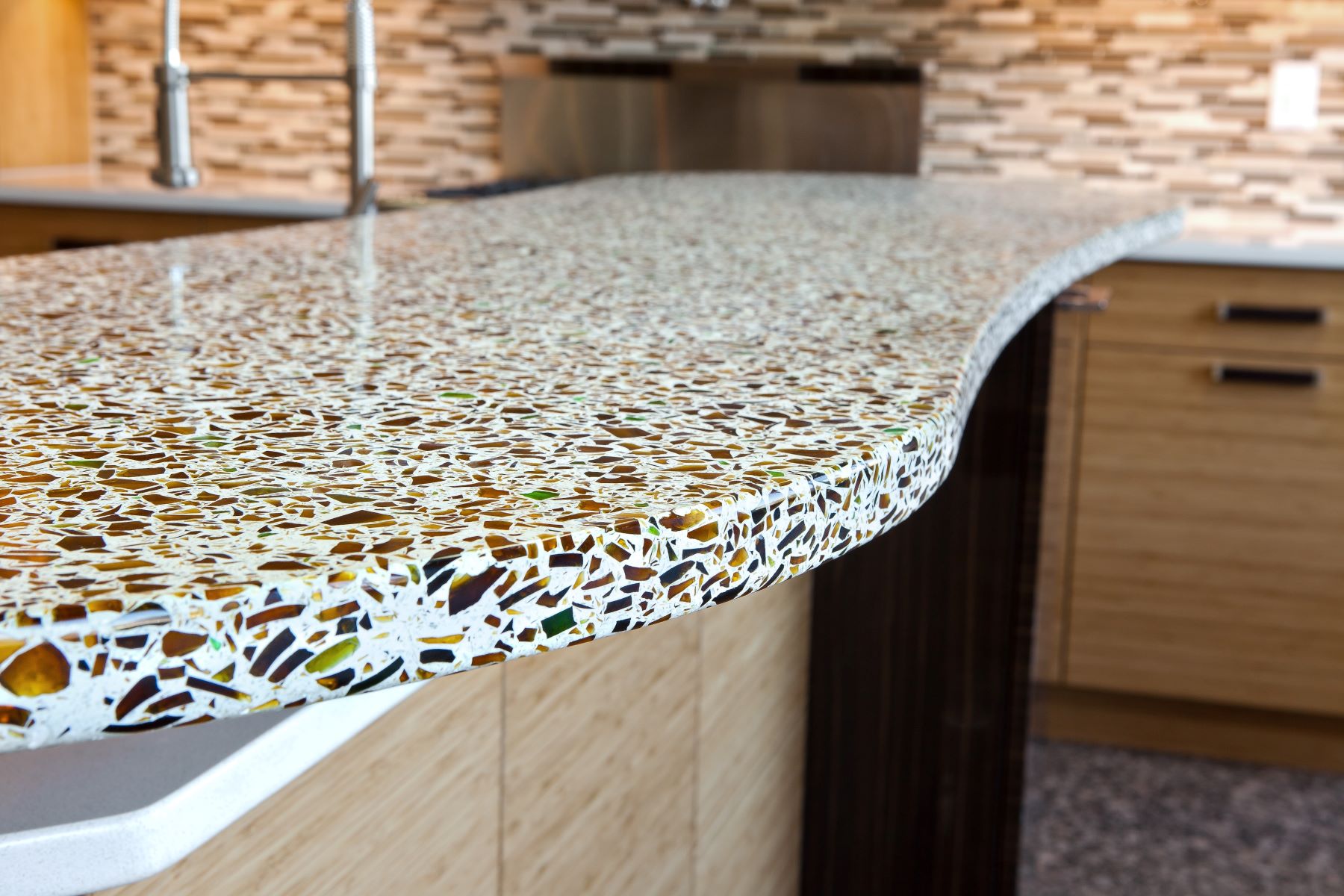



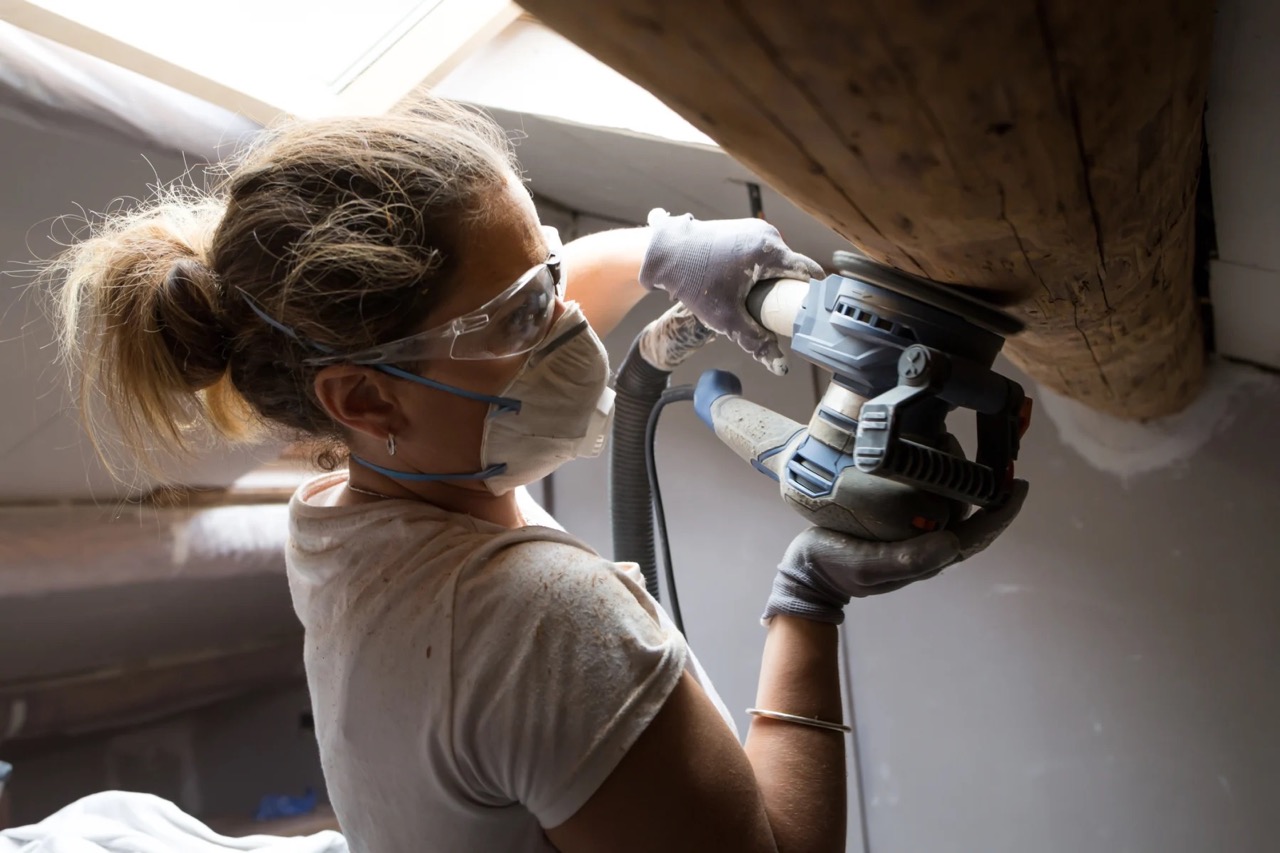



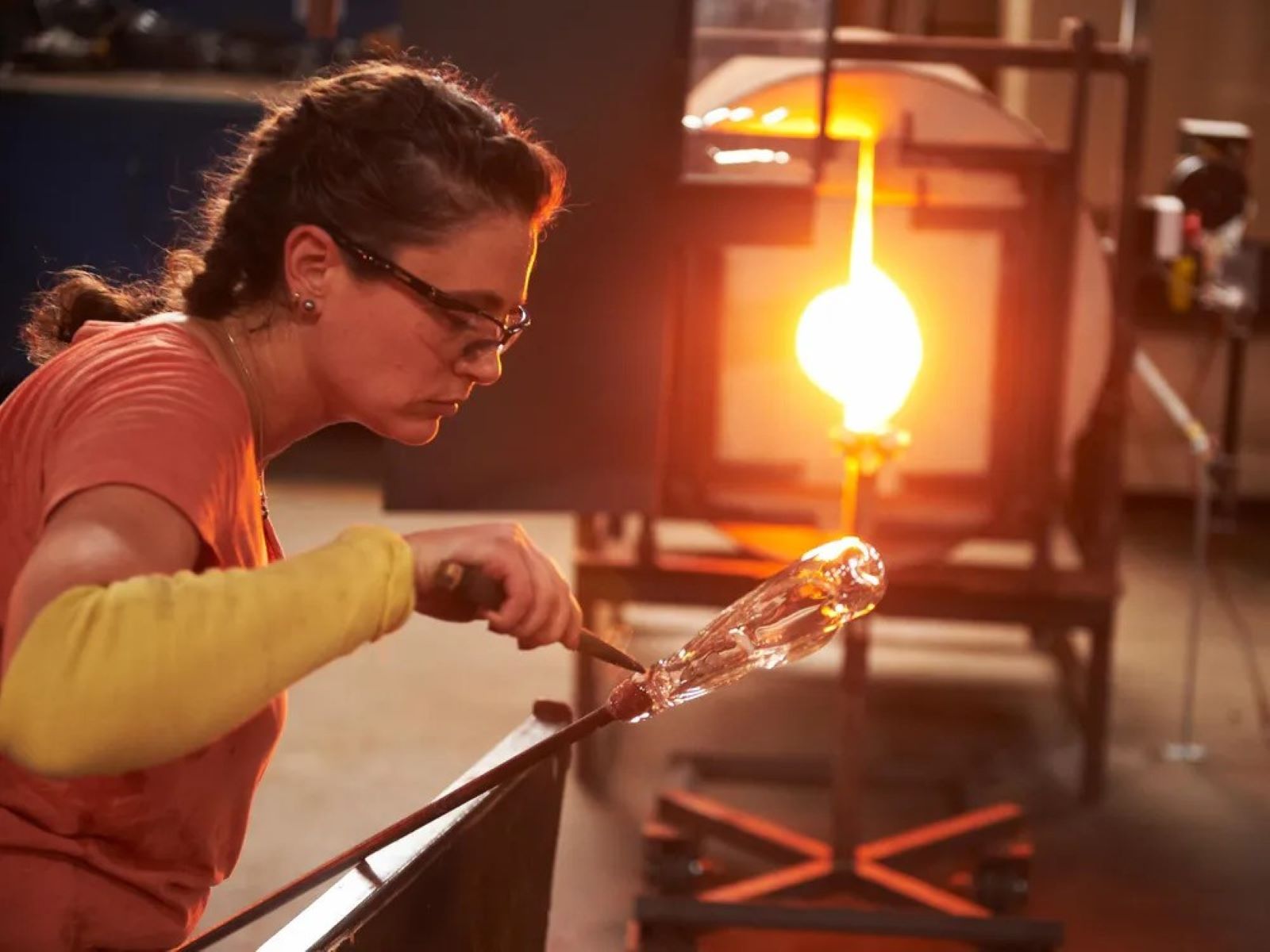




0 thoughts on “Who Buys Glass For Recycling”